From the December 2023 issue of Apollo. Preview and subscribe here.
The market for the best French art deco furniture has long been assured. Since the famous sale at Hôtel Drouot in Paris of the collection of Jacques Doucet – a fashion designer and leading patron of the style – sales, exhibitions, books and research into the period’s furniture have cemented its reputation for both glamour and innovation. The difficulty lies in finding exceptional pieces. As recent sales testify, when a great example emerges, competitive bidding ensues.
Between 1930 and 1936, Jean Dunand designed the lacquer-panelled Les Palmiers smoking room – a French National Treasure – for the Paris residence of Colette Aboucaya. In 2021, it sold at Phillips London for £3.3m against an estimate of £1.5–£2m. Dunand’s auction record had been broken earlier, in 2019, when a cabinet of 1937 by Dunand and Eugène Printz sold for $5.5m at Christie’s New York (estimate $300,000– $500,000). This October, a leather sofa from 1930, designed by the master of discreet luxury Émile-Jacques Ruhlmann and once owned by the restaurateur Mr Chow, fetched €1.1m against a €150,000–€200,000 estimate at Christie’s Paris.
Although the term ‘art deco’ was coined only in the 1960s – derived from the Exposition Internationale des Arts Décoratifs et Industriels Modernes of 1925 – the style predated the First World War. Designers such as Paul Follot, Pierre Chareau and Francis Jourdain pioneered a distinctly French approach to modern furniture. Both style and ethos contrasted with the industriallyproduced furniture coming out of Germany, as well as with art nouveau designs inspired by nature and by the elaborate 18th-century styles then prevalent in France. The three designers represent tendencies that characterised the wide-ranging movement until it faded in the late 1930s. Follot was a champion of traditional French craftsmanship and of the use of luxurious materials. His dining-room collection in sycamore and ebony with amaranth inlay, exhibited at the Salon d’Automne in 1912, is regarded as one of the first examples of art deco. Meanwhile, Chareau developed a sophisticated functionalism, combining industrial materials – cast iron, glass – with exotic woods such as Macassar ebony. Jourdain, by contrast, expressly disavowed luxury, and experimented instead with austere pieces made from unadorned wood. Though influenced by contemporary art movements – Fauvism, cubism, orphism, the Ballets Russes – these designers were also inspired by the art traditions of Africa, China, Japan, India, ancient Egypt and Mayan Mesoamerica. By the mid 1920s other figures had appeared, such as Ruhlmann, Dunand, Printz and Armand-Albert Rateau.
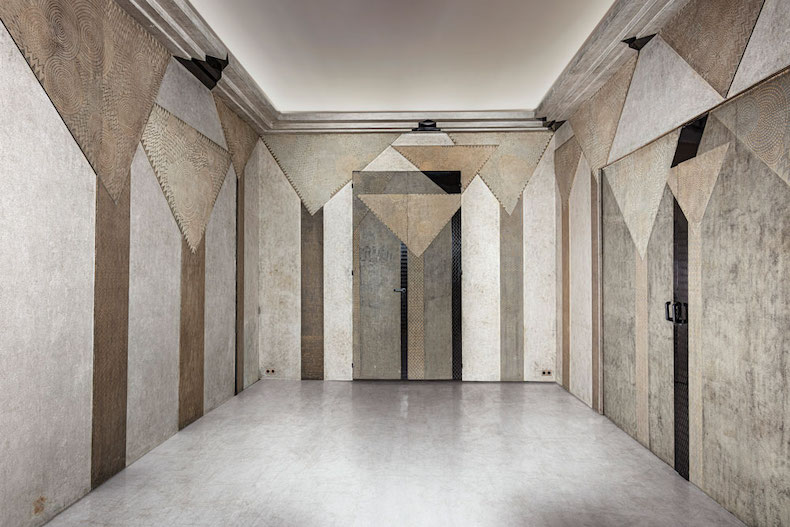
Les Palmiers (1930–36), Jean Dunand. Phillips, London, £3.3m. Photo: © Phillips
In a magazine interview in 1920, Ruhlmann defined the economic factors that enabled their creativity thus: ‘Only the very rich can pay for what is new and they alone can make it fashionable.’ Pre-eminent among these patrons was Doucet, who during the ’20s invited a group of designers, including Rose Adler, Marcel Coard, Eileen Gray and Pierre Legrain, to create the furniture for his studio in Neuilly-sur-Seine, where he kept his collection of contemporary paintings. The results became a byword for elegance. In 1923, committed patrons Marie-Laure and Charles de Noailles commissioned a console from Gray; it went on sale this November at Sotheby’s Paris, with an estimate of €200,000–€300,000.
The global economic depression that began in 1929 fostered a simpler iteration of art deco, which can be seen in the work of Jean-Michel Frank and Gray. However, a streamlined luxury persisted in designs for high-class trains, skyscrapers and ocean liners. After 1937 the style was deeply unfashionable, a state of affairs that persisted until the exhibition ‘Les Années 25: Art Déco/Bauhaus/Stijl/Esprit Nouveau’ at the Musée des Arts Décoratifs in Paris in 1966. This launched an era of enthusiastic collecting that lasted until the 2000s, with collectors such as Claude and Simone Dray and Yves Saint Laurent and Pierre Bergé competing for the finest pieces. Since then prices have steadied, with the value of the best pieces secure.
The staunchest fans of the style are based in the United States. Indeed, Alain Marcelpoil, a Paris-based specialist in the work of André Sornay, reports that at least 80 per cent of his clients are in New York. The dealer currently has available an elegant lawyer’s desk in rosewood and mahogany from 1935–36, while two post-cubist chairs from 1927 epitomise New York taste, he suggests.
Yana Mihailuka, a director at Galerie Lefebvre in Paris and New York, notes a general trend ‘away from formal “art deco” […] and toward a more minimalist, “modern” art deco’. She adds: ‘Our collectors are looking for pieces to complement their interiors, which often include big, bold blue-chip paintings. They shy away from furniture that would steal the spotlight.’ Galerie Lefebvre has available a pair of chairs, complete with original Hermès leather, created for the San Francisco penthouse of patron and yachtsman Charles Templeton Crocker. Agathe de Bazin, design specialist at Christie’s Paris, comments: ‘Provenance is one of the key criteria for art deco collectors. A strong provenance can more than double the overall value of a work.’ She cites the sale in 2021 of the collections of Annie and Jean Dalsace from the Maison de Verre: a conservative top estimate of €5.5m tripled to exceed €15m. Pierre Chareau’s MB 624 desk (c. 1929), for example, fetched €812,000, against an estimate of €200,000–€300,000. On 7 December in New York, Christie’s will present three verre églomisé panels by Jean Dupas from the ‘Birth of Aphrodite’ mural (c. 1934) from the grand salon of the S.S. Normandie, estimated at $300,000–$500,000.
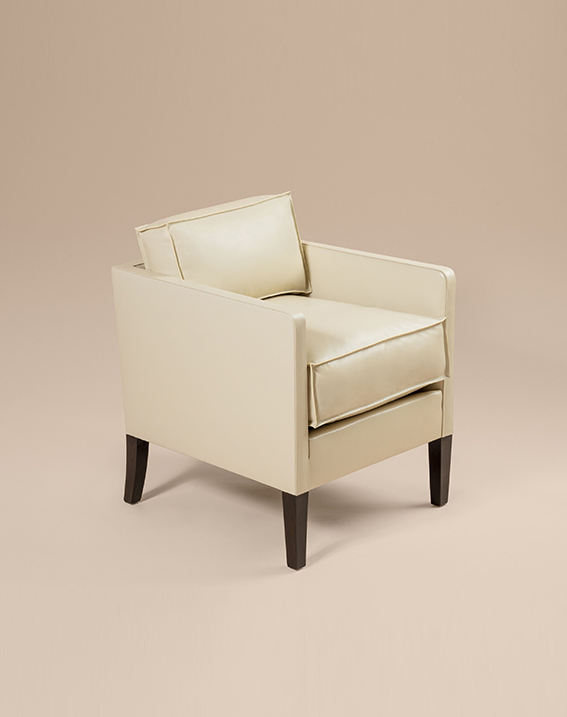
Armchair (c. 1928), Jean-Michel Frank. Galerie Anne-Sophie Duval (price on application)
Florent Jeanniard, joint global head of design for Sotheby’s, observes: ‘Coffee tables, consoles, armchairs and lamps are the most sought-after, while bedroom furniture (such as beds) is more difficult.’ He notes that collectors are appreciative of the special materials – lacquer, parchment, shagreen, ivory, exotic woods – that characterise furniture of the period. Elie Massaoutis, head of design at Phillips in Paris, agrees. He cites the strong prices in May 2022 in London for a lidded tabouret of c. 1920 by Pierre Legrain, made from African ebony, ebonised pear wood, sycamore, parchment and leather (£151,200; estimate £60,000–£80,000) and a unique table lamp by Frank from around 1929, made from rock crystal and bronze (£403,200; estimate £150,000–£250,000).
For Julie Blum, daughter of Anne-Sophie Duval – who through her eponymous gallery did much to build the market for art deco designers during the 1990s – attention has shifted from Duval’s first great rediscovery, Rateau (‘He had one foot in art nouveau and one in art deco’) to Frank. Until the publication in 2006 of Pierre-Emmanuel Martin-Vivier’s monograph on the designer, it was hard, Blum says, to gain information about Frank. Since the establishment of the Comité Jean-Michel Frank, which authenticates the designer’s work, the market ‘has stabilised.’ She has available a pair of elegant oak dining chairs from 1920, as well as a chunky armchair from 1928 in contrasting ebony and white leather. Frank’s auction record dates to 2014, when a unique cabinet in bronze, gypsum and oak of c. 1935, estimated €400,000–€600,000, fetched €3.7m at Sotheby’s Paris. In May 2022 a gleaming straw-marquetry cabinet from 1925 sold for $1.5m (estimate $500,000– $700,000), confirming his continuing appeal – and the strength of the market for art deco masterpieces.
From the December 2023 issue of Apollo. Preview and subscribe here.
Unlimited access from just $16 every 3 months
Subscribe to get unlimited and exclusive access to the top art stories, interviews and exhibition reviews.

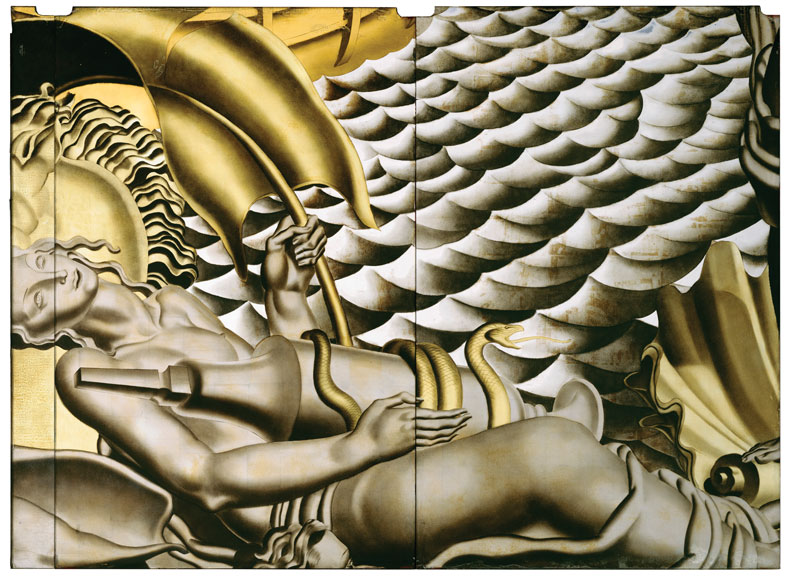

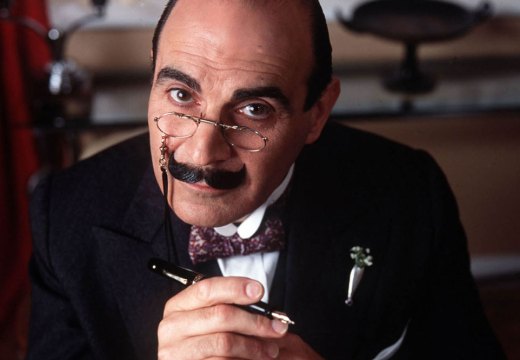
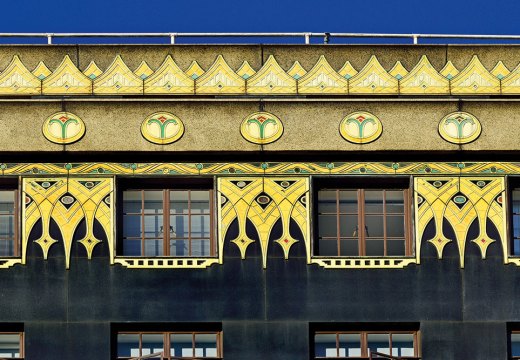









![Masterpiece [Re]discovery 2022. Photo: Ben Fisher Photography, courtesy of Masterpiece London](http://www.apollo-magazine.com/wp-content/uploads/2022/07/MPL2022_4263.jpg)
It’s time for the government of London to return to its rightful home